When it comes to wildlife photography, one of the easiest things you can do to improve your images is to get down nice and low so that you’re at eye level with your subject. This has two main effects on the image:
- It makes the viewer feel as though they are part of the animal’s world, instead of just looking in on it as you would do at a zoo exhibit.
- It usually moves the background much further away from the subject, and this has the effect of blurring it out, thereby isolating your sharply focussed subject on the soft background. Obviously the bigger the animal gets, the less important this becomes, so you don’t need to worry about it if you’re photographing elephants. Whenever you are pointing the camera down though, with smaller animals, inevitably the background behind the animal is going to be the ground (or water) itself. If it’s not clear, the diagrams below should help. In many cases you’ll also find much better colours in a distant background too, and you’ll be able to more easily adjust what appears in the background by making very small angular adjustments to the lens, or making small steps to the left or right. The further the background is away from the subject, the smaller those positioning adjustments need to be to have an effect.

Recently I was in the interior of British Columbia on the lookout for loons, which are one of Canada’s most interesting species. On this trip I didn’t have my kayak with me, but I did have some waders instead. The photos on this page demonstrate the truly dramatic difference that a change in height can have on your photos. Looking down on the loons from the edge of the lake put them on a dull background and gave them no separation from it at all.
As soon as I put the waders on, it was a different story! I use a monopod when I’m working in water with waders on, and you’ll want to do the same thing if you give this a try. The trick is to get deep enough that your camera is just a few inches from the water, so a monopod lets you easily hold the camera at that height. You can use a tripod too, but I find it much easier to reposition myself in the water if I’m just moving the single monopod leg around in the inevitable lake gunk, instead of the three legs on a tripod.
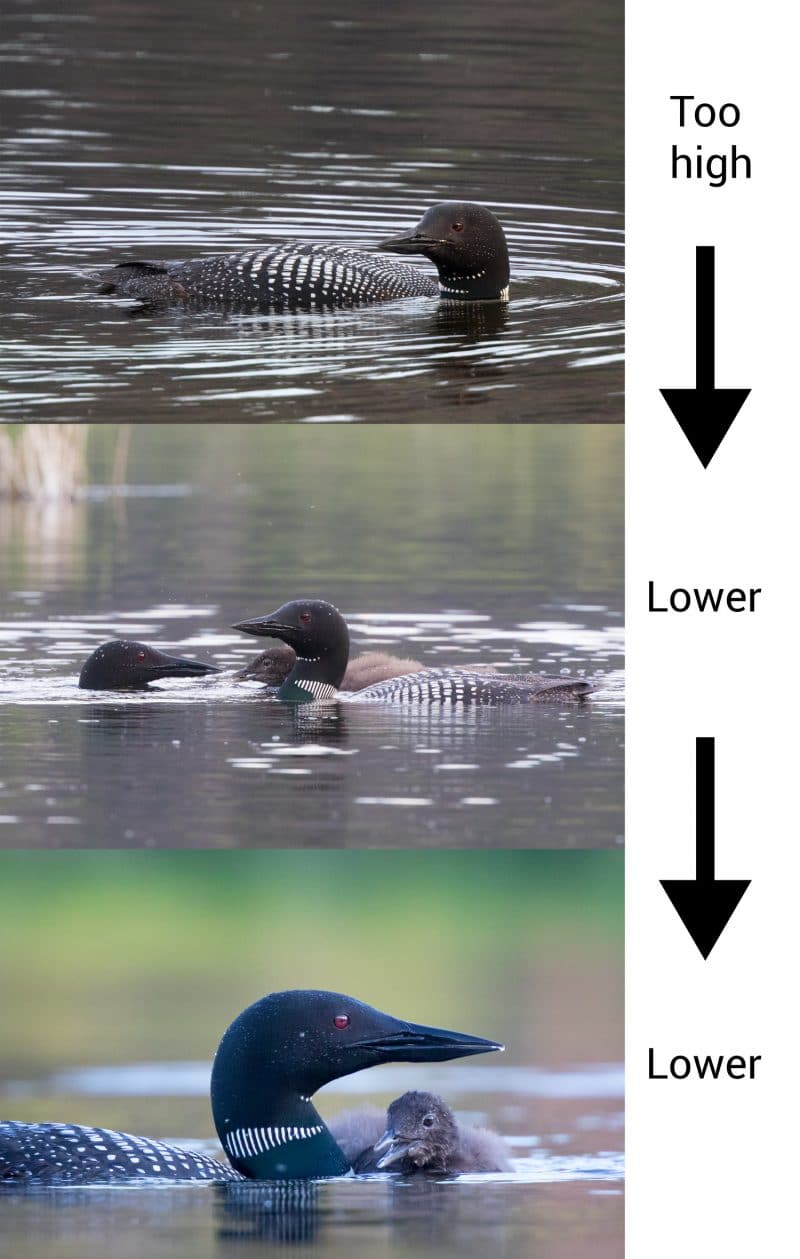
If you aren’t a fisher (I’m not), you might now know too much about waders. Essentially they come in two styles: The first ones have the rubber boots built into them, and the second type just has neoprene booties on the bottom and requires you to buy a separate water boot to go over them. Waders can be expensive, but you’ll also find cheap ones at your local hunting store or on Amazon (see below), and for photography purposes these work just great! Mine came from a hunting store, have built-in boots and cost under $100. Make sure you get ones that go as high as your nipples so that you can get really low!
Don’t Fancy Getting In The Water?
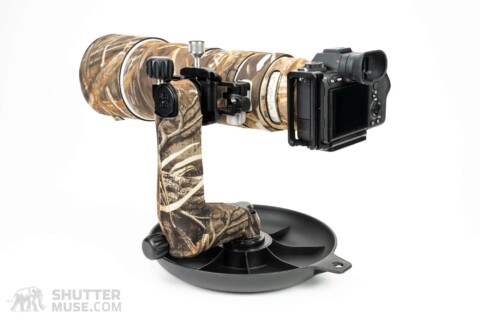

If you don’t want to get in the water with your waders, use a Naturescapes Skimmer Ground Pod to create a stable shooting platform on the shoreline. The Skimmer allows you to get much lower to the ground than most tripods allow while also giving you a platform that can be pushed along the sand or mud for easy and discreet repositioning. Please read my review of the Skimmer Ground Pod for more details.



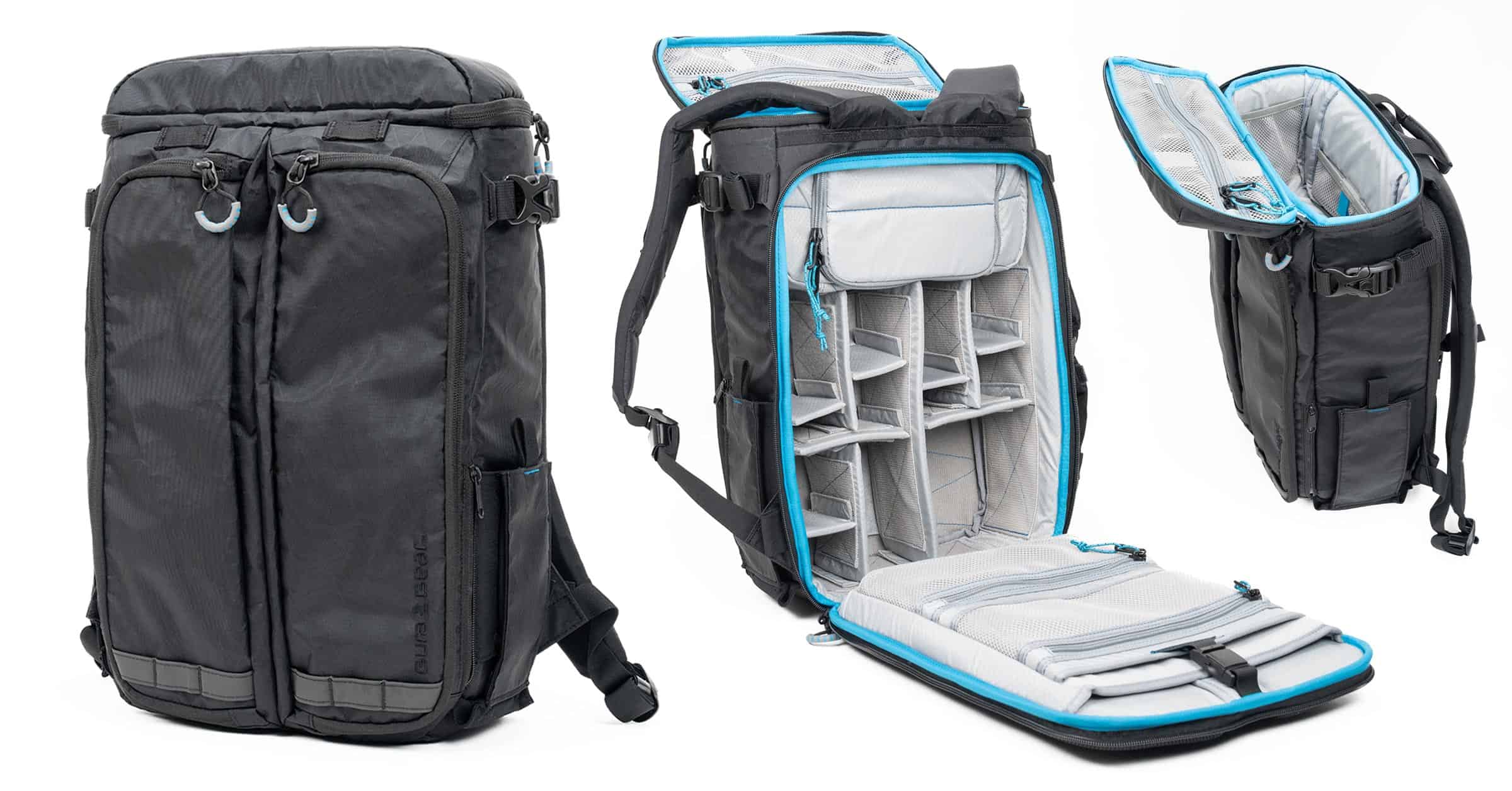
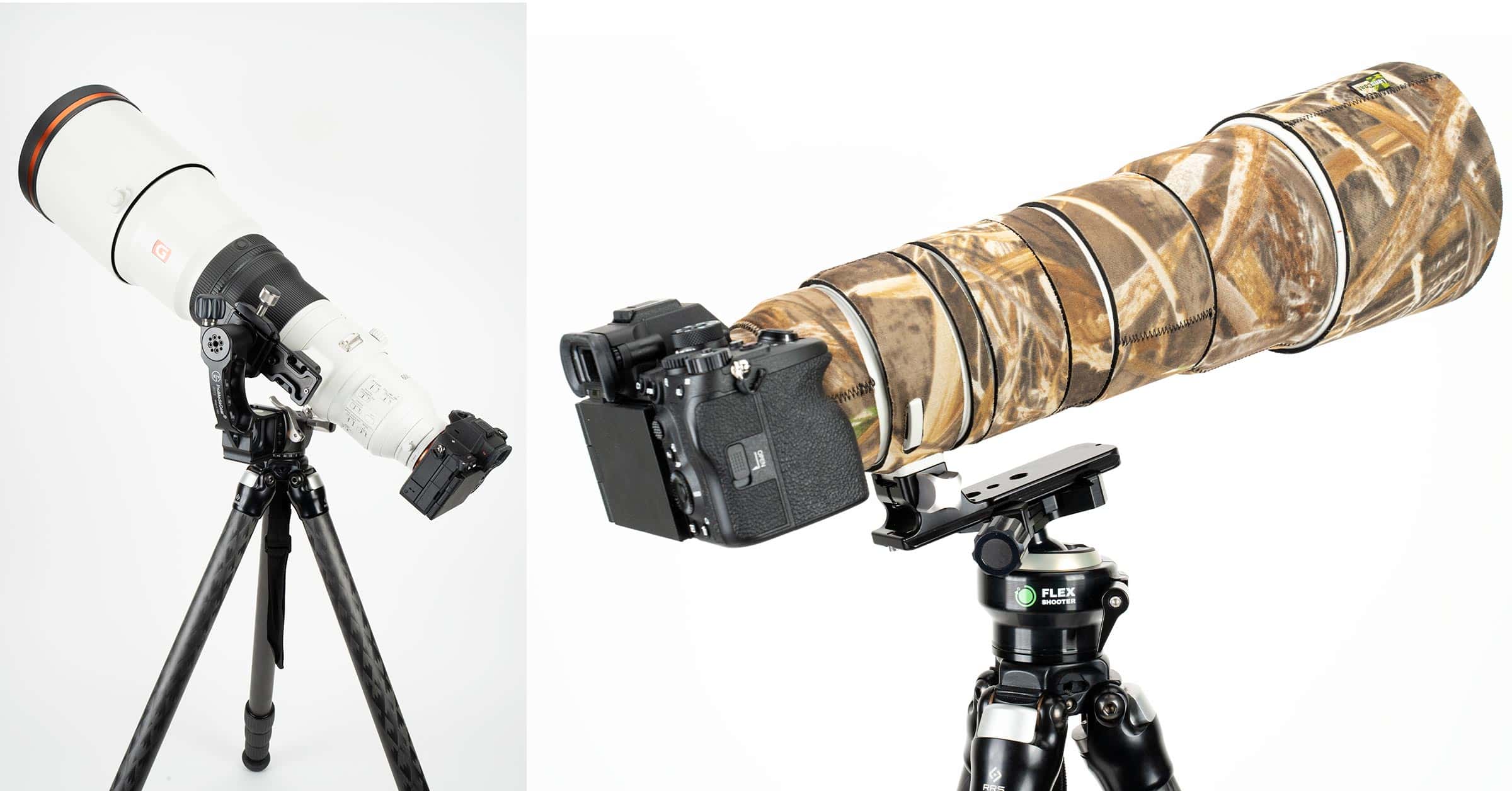
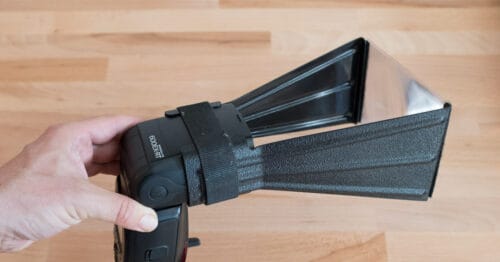
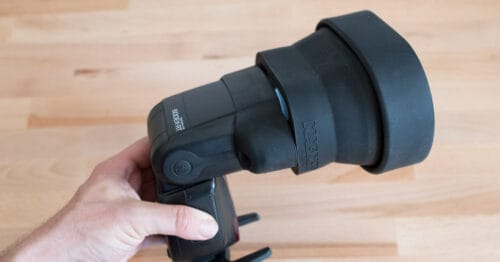
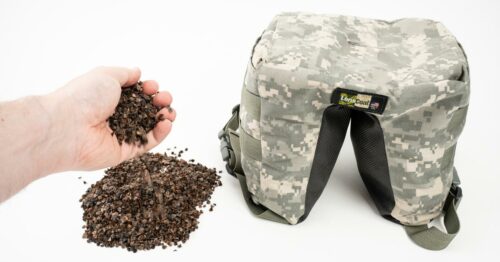

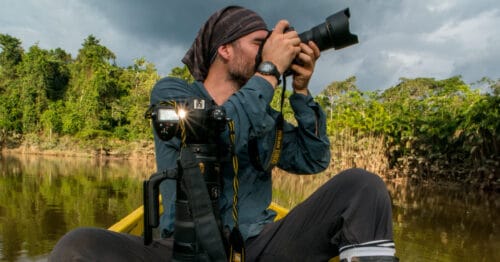

Hi Dan,
I have just begun exploring getting into the water instead of trying to get low from land.
What i am most concerned about is dropping my $$$$$ camera and super telephoto lens into the water…
I have tried to research some kind of floating camera support (much like a floating hide, but smaller) but found nothing.
Do you have any tricks to avoid accidents? I guess i can attach my camera to my upper body, but this might not help if i slip in the water…
Kind regards,
Joakim
Honestly, your best protection is simply camera insurance. If you slip and fall, there’s nothing that will stop the gear going in the water. It’s a risk you have to be willing to take to improve your images. It sees as though you have already found things like a floating hide from people like Mr Jan Gear, which is a good solution as well, but requires a lot more gear such as a dry suit.